By David Vickery
Retired planning inspector, and staunch supporter of #SaveTheNGC

I decided to revisit the National Glass Centre for the first time since the University’s announcement that it is to be closed. Well, reader, I was blown away!
The first thing to say is – admission is free. A bargain these days.
I entered from the car park and suddenly emerged at first floor level looking directly down onto the shop and cafe, and out towards the River Wear. The inside is vast and airy with breathtaking views through double storey high glass windows which are supported by steel girders. The panorama includes the harbour on one side and the city centre on the other. The place was quietly humming with people and purpose.
Whilst I was there, a party of awed primary school kids were being shown around, their crocodile file politely giving way to other visitors. The cafe and shop were busy and clearly well used. The glass demonstrations, especially the glass blowing, were brilliant. Students and researchers were in the learning areas and research library. And the exhibitions were interesting, beautiful and informative. What more could anyone want?
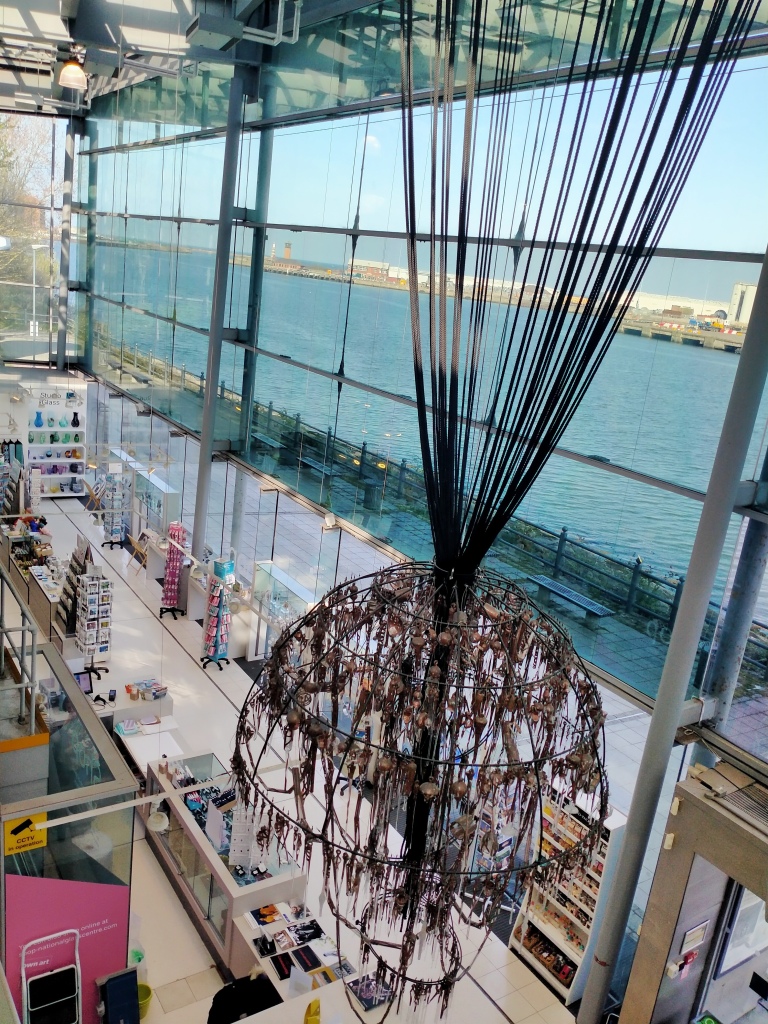
I was entranced and amazed.
And, judging by the many positive reviews on Tripadvisor, so too were many other visitors: “an extraordinary building … wonderfully light & airy”; “the glass demonstrations are always brilliant…the location on the side of the river is beautiful”; “wow what a place…” One comment that I especially liked: “Fell in love with a reptile skeleton made of glass.”
This is unlike any other visitor centre or exhibition space that I have ever visited. I had forgotten how unique and exciting it all feels. There is so much to do and to see. The huge glass building looking out onto the river, sea and Sunderland; the stunning exhibitions, including the Northern Contemporary Art Gallery and Studio Glass; the spacious cafe by the riverside; the glass demonstrations; the shop selling all sorts of local craft and gift products (NGC glass vases £40); the Research Library and more.
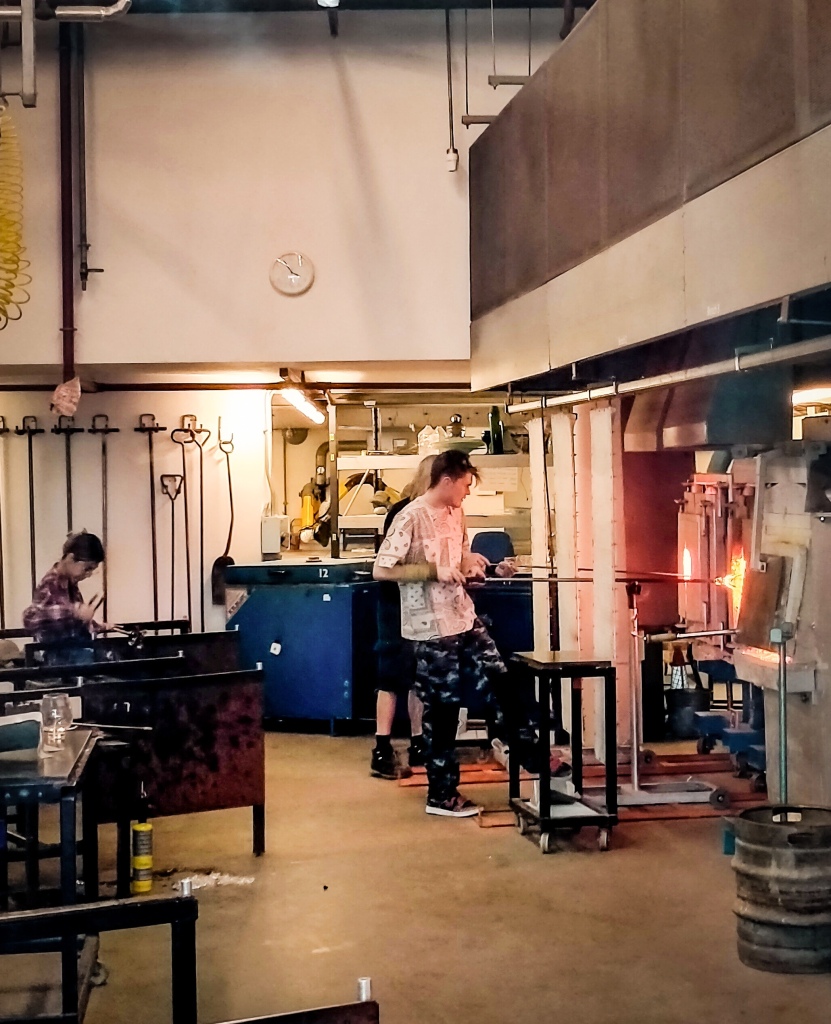
The two keys to the Centre’s popularity are its amazing harbourside location and that everything to do with glass making is all under one roof. Which is why the Centre is visited so much – 230,000 people a year. There is so much to do and see that visitors can spend a whole morning or afternoon there, if they want, and come back again. Some visitors have been 4 or 5 times.
I reflected that the University’s plan to dot just a few of the present facilities around Sunderland – with no glass blowing – was therefore almost certainly doomed to failure. Just another glass exhibition space on its own would attract few people, and small, isolated cast-offs from the Centre would very soon close for lack of support. Hardly the way to attract the “new audience” that the University proclaims is its intent. I’d rather keep the “status quo”, thank you.
I stocked up in the shop with gifts celebrating the Centre – tote bag, mug, tea towel, key ring, and some postcards. I was told that they are selling fast now that the closure announcement has been made, so I got as much as I could to remember the Centre by in future. Just in case, you understand.
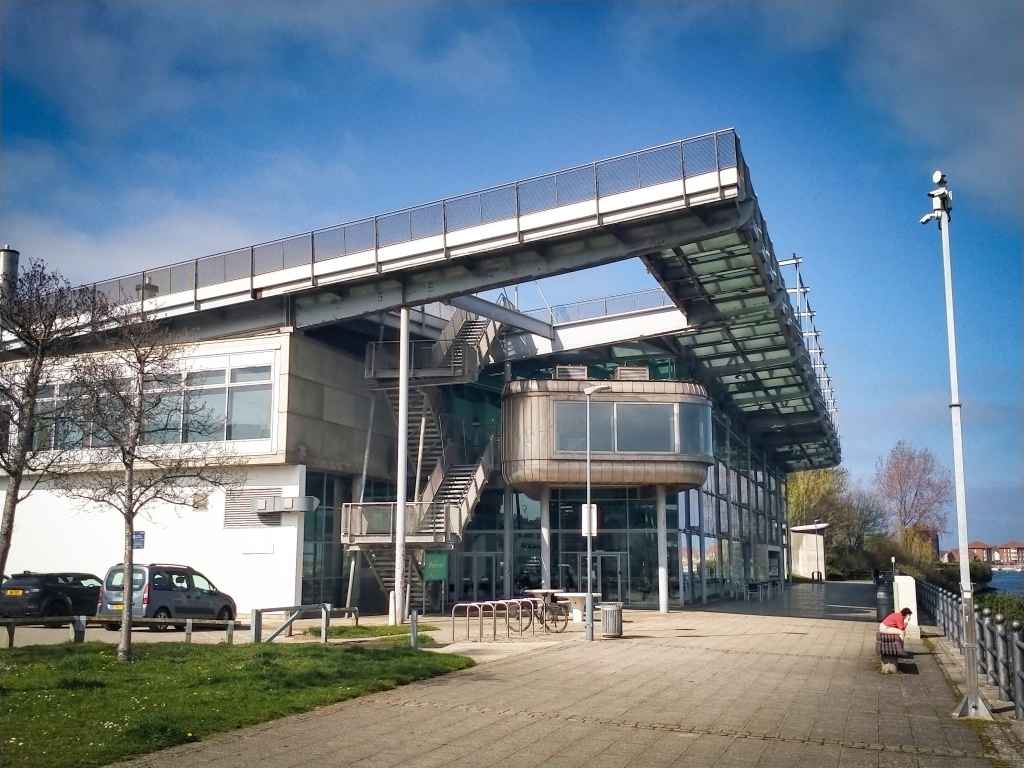
Fellow visitors muttered over coffee about the proposed closure. One local said, “I can’t believe that it would cost £45m just to repair the roof. That’s more than Sunderland’s new City Hall cost.”
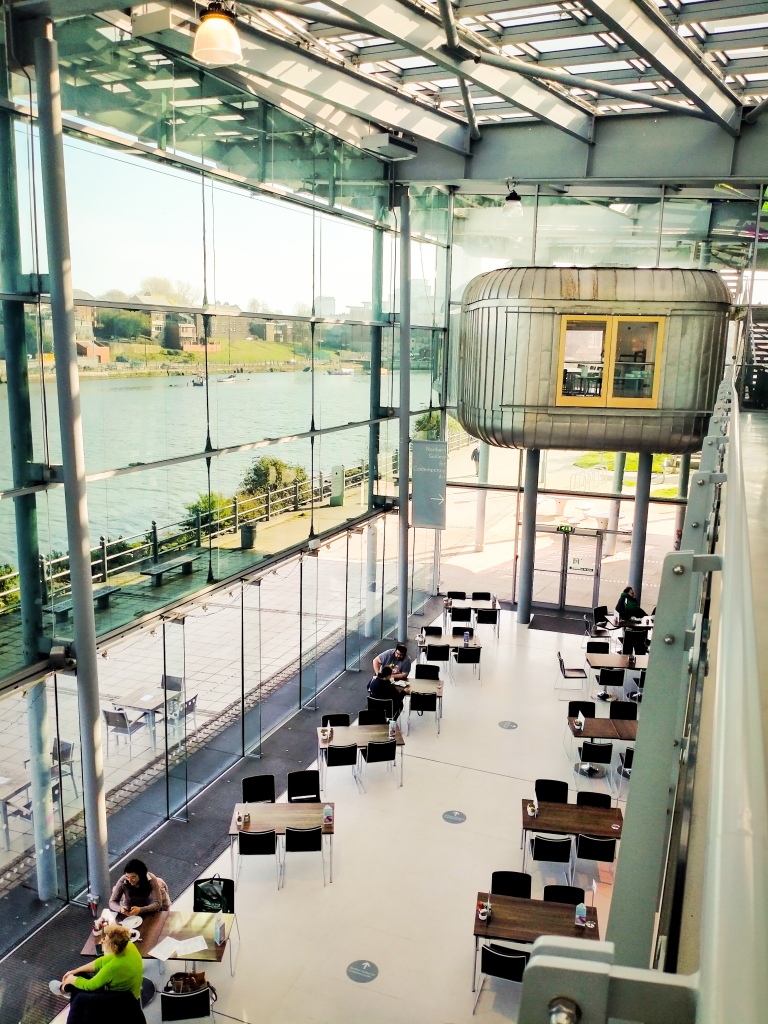
I looked it up afterwards on Wikipedia, and they were right. City Hall, completed in November 2021, cost £42m which is £3m less. And for that £42m Sunderland got two large glass and steel office blocks, one of five-storeys and the other of six-storeys (190,000 square feet), connected by a glass atrium. How can it cost £45m just to repair a roof?
Even the University’s lowest estimate, which is hardly reported, of £14m for the roof repair is over-inflated. Even so, the University is sticking officially with its highest £45m estimate, hyped up with as many optional extras as it can find, such as solar panels. I can see why it has done this – it’s called shock and awe.
I wandered outside onto the wide, paved public footpath that runs in both directions along the river’s edge. People were sitting on the benches admiring the view and cyclists were whizzing past in the bright sunshine. Idyllic.

Looking up, I could see evidence of the dreaded corrosion problem which is the cause of the proposed closure. It looked bad, with large areas of rust underneath the girders and chipped support pillars. It must have taken years, I thought, for the large rust spots to have gotten into this terrible state. What, I wondered, was the University doing allowing the building to degenerate so badly over all those years?
I went back into the building to finish my visit, and was confronted by a bold sign saying that the University is the “proud” owner of the National Glass Centre. You could have fooled me.
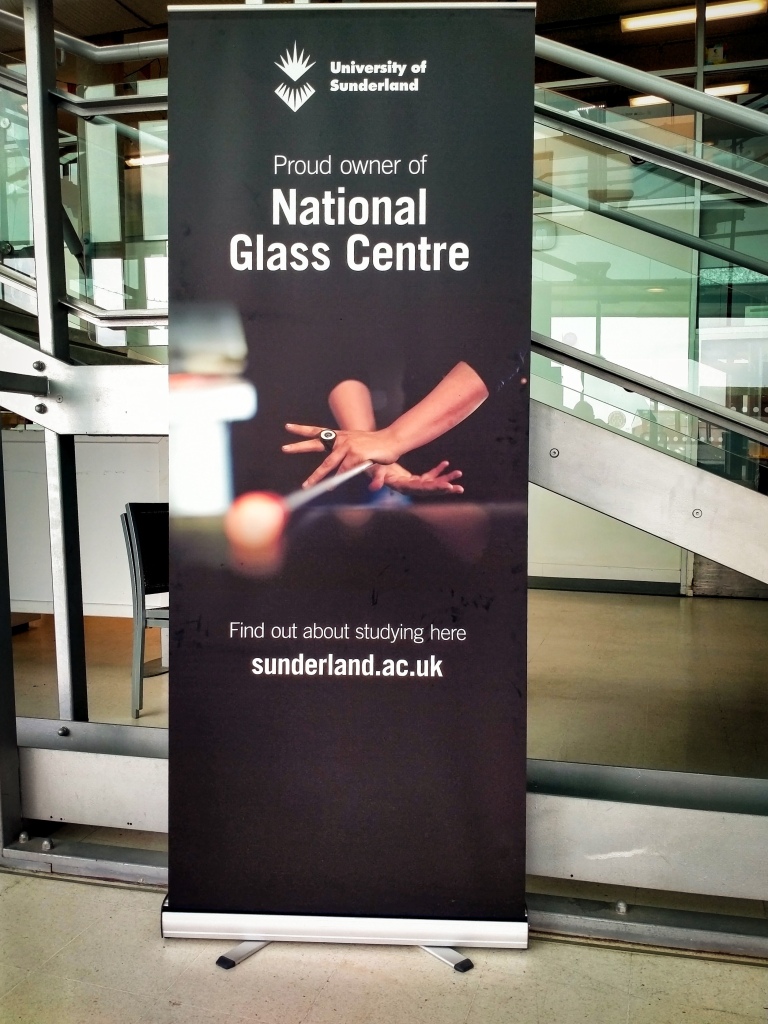
By David Vickery, retired planning inspector and staunch supporter of #SaveTheNGC

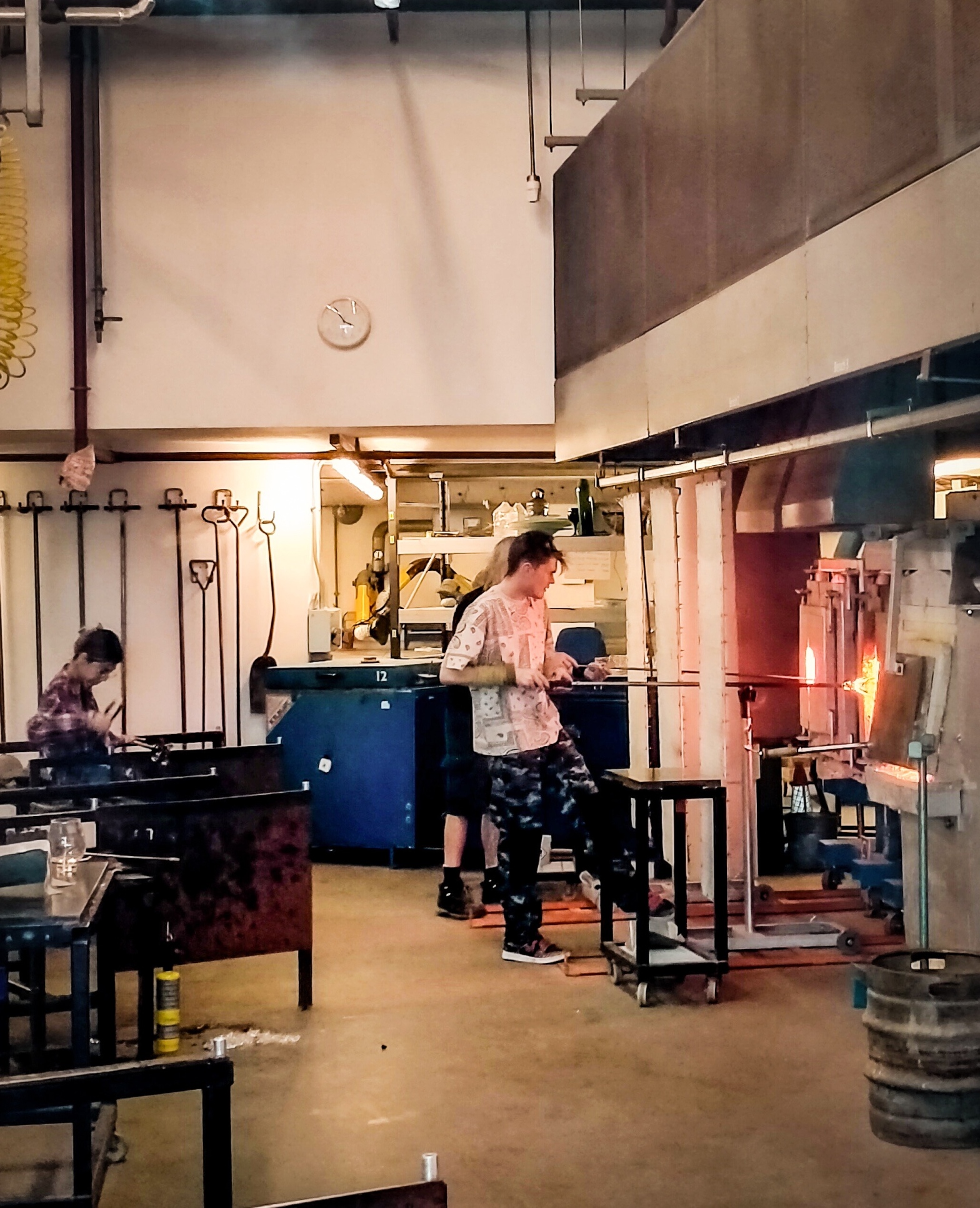
hi David,
thanks for your great overview of NGC.
you hinted at level of neglect, in your experience, should this relatively young building have such problems.
Should anyone be held to account?
yours
Tony Campbell
LikeLiked by 1 person
I shall pass this on to David. I suspect that any coastal building would need repainting to protect it from the corrosive sea salt in the air! From Jo
LikeLike
Glad you liked the article, Tony! It’s an amazing building, not yet 25 years old. I suspect the University is using the roof repairs as an excuse. In reality, the University does not want to be involved in a public visitor attraction, nor in glass making. These are now too expensive (energy costs), no longer academically fashionable, and do not fit in with its current strategic aims.
The University’s reports make it clear that the building has suffered with these problems even before it opened. And that partial “running repairs” have been attempted (and failed) at least once. See the reports on its web site at:
https://www.sunderland.ac.uk/help/corporate-legal/legal-finance/national-glass-centre/
The University’s reports claim that incorrect materials and poor construction techniques are the cause of the building’s problems. I am not an architect, so I accept the University’s consultants’ technical assessments.
Similarly, I am not a lawyer, so I have no idea whether a claim against anyone involved with the building’s original design and construction can be made after nearly 25 years.
The University wants out. The site is a spectacular one, and it must be worth millions of pounds to the University, such as for housing or as an extension of its St Peter’s Campus.
LikeLiked by 1 person